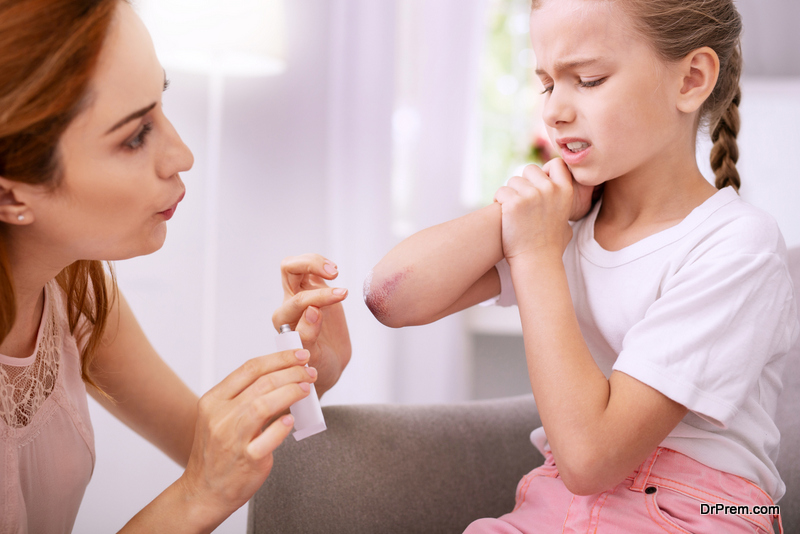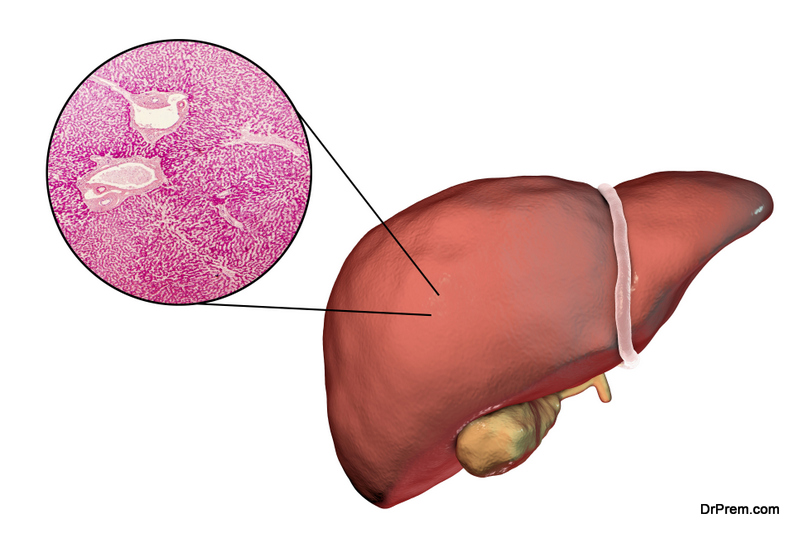Most working parents leave their children in nursery homes and day care centers before they leave for their jobs. As such, it becomes the responsibility of the teachers and caretakers present there to take care of the children. While the teachers and the caretakers can help the child a variety of activities, such as playing around with other children or eating the right kind of food – there is one aspect which most caretakers fail to notice – first aid. If the child is injured in your care, you need to have at least a fundamental knowledge of administering a first aid. Read on to know about how first aid training for children can actually help you take care of them while prospering in your business at the same time.
Keep your first aid kit ready, and accessible
 Injuries don’t knock your door before inflicting themselves; and in the case of children, this is especially true. One moment, a child could be happily playing with a toy, and the next moment, you can see a bruise forming on the child’s body.
Injuries don’t knock your door before inflicting themselves; and in the case of children, this is especially true. One moment, a child could be happily playing with a toy, and the next moment, you can see a bruise forming on the child’s body.
While it is easy to get frightened and panicked at the sound of the child’s cry, it is crucial that you administer the first aid before doing anything else. For this, you need to have your kit ready and placed from where it is easily accessible to you.
A golden rule is to keep a few band aids, a tube of Soframycin or any other cream, a roll of bandage and a tape in your kit. And don’t forget a bottle of disinfectant. Keep a kit in the main nursery room or daycare center, and place one in your car in case you need a backup.
Don’t ignore the minor injuries
The most important thing that first aid training will teach you is to not ignore the minor injuries, especially if you see them on children. These may include small bruises, minor cuts, bites, or scratches.
Most animal scratches can be infectious – causing rabies, and even death, in extreme cases. So, if you see a child with animal bites, administer the first aid immediately. Apply pressure to the wound with a clean cloth or a bandage if you notice bleeding, and continue applying it until the bleeding is stopped.
If there is no blood, then clean the wound with soap and water and hold the wound under running water for a few minutes. Dry it, apply an ointment and cover it with a clean gauze or cloth.
If you run a nursery or a day care, then it is vital to train your teachers or your caretakers in first aid practices. For this, you can consult nursery business solutions that specifically work with teachers about first aid training for children.
Sometimes, a CPR is inevitable
 Even children can sometimes be suspect to brain trauma, a drowning accident, or a cardiac arrest. They might faint, and stop breathing. But if you panic, then you might be losing the first precious 8-10 minutes in which you can save the child.
Even children can sometimes be suspect to brain trauma, a drowning accident, or a cardiac arrest. They might faint, and stop breathing. But if you panic, then you might be losing the first precious 8-10 minutes in which you can save the child.
If you notice that the child has stopped breathing or the blood circulation is not adequate enough post the accident, immediately employ a CPR. Rub the chest over the breastbone to see if the child is responding to your touch at all.
If the child is irresponsive, first call for emergency medical assistance. Then administer the CPR by using compressions to the chest and increase the chances of blood flow to the heart and brain. Open the airways of the victim and force some air into the lungs of the child by administering a mouth-to-mouth. Once you understand how the CPR works, you will be able to resuscitate the child.
Article Submitted By Community Writer




